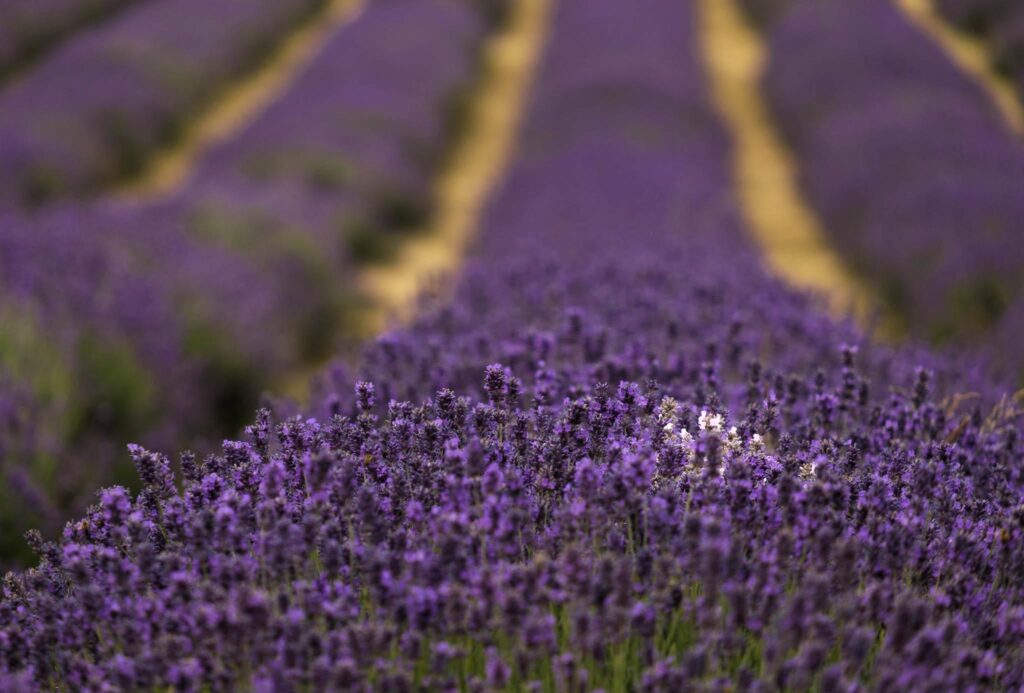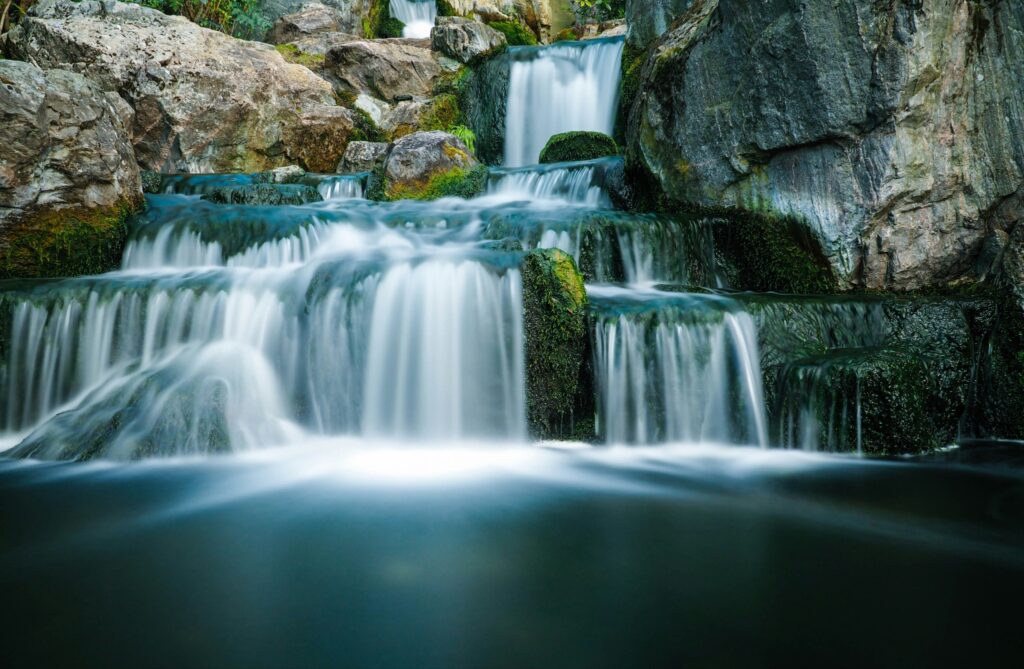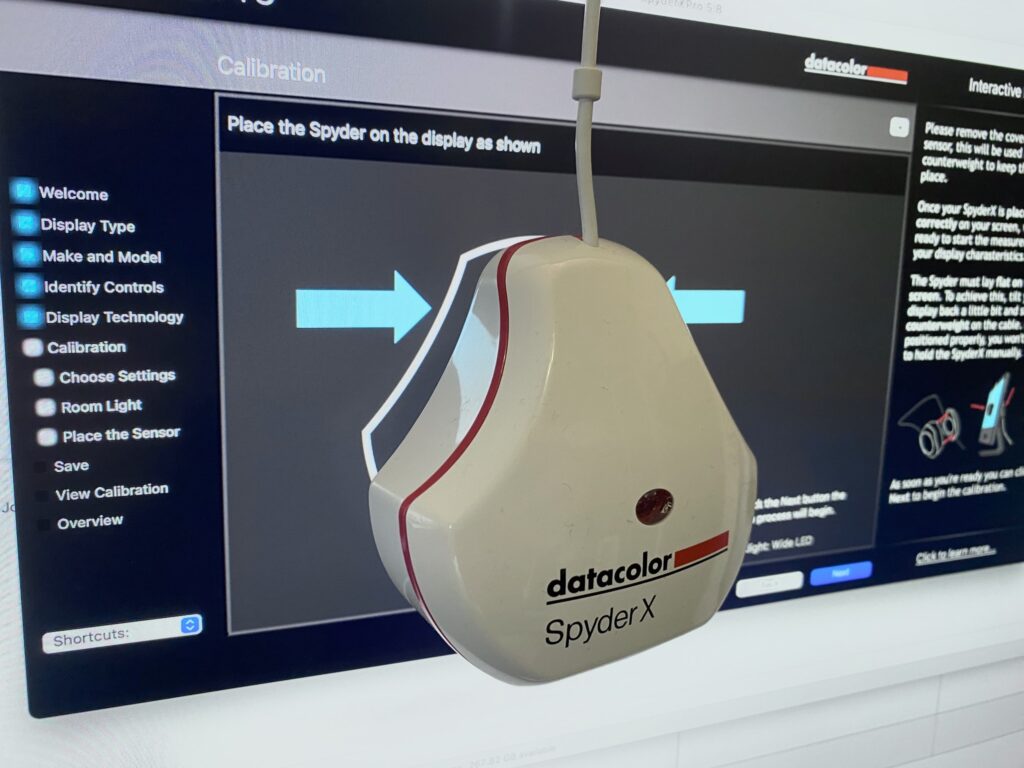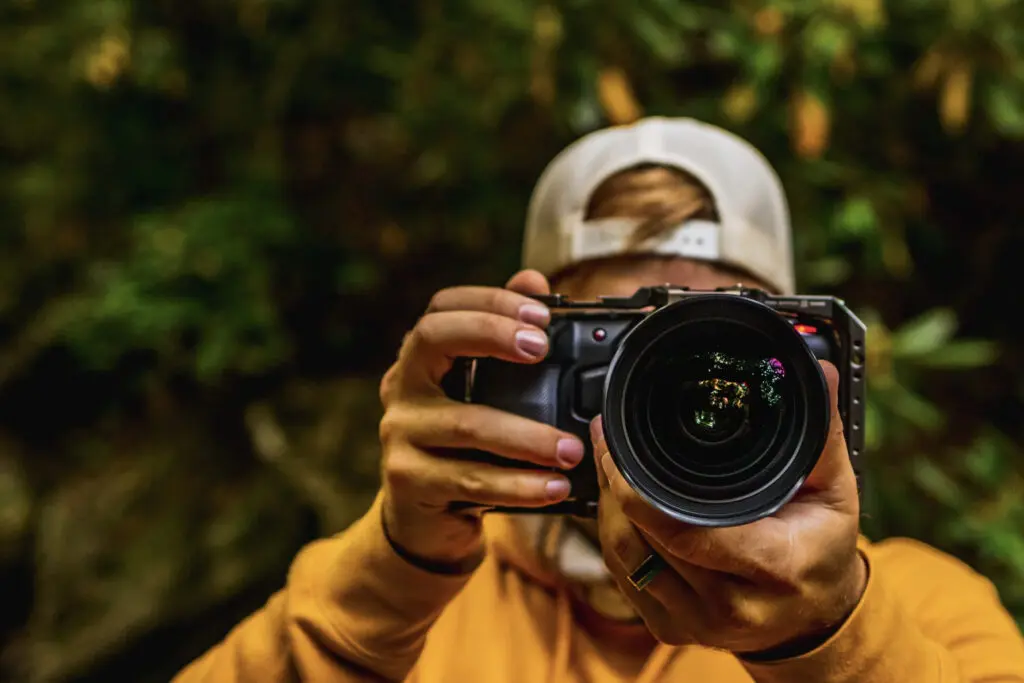It’s very easy to ignore motion in photography. As newcomers, we often try to shoot static objects and avoid things like slow shutter speed. In fact, many newcomers will shoot program or shutter priority to make sure that they do not introduce camera shake.
As our photography grows, some try to push the boundaries with shutter speed, while others will try to play safe. However, shutter speed is a very powerful way to create emotion in our images. A common misnomer is that by motion in photography, we are talking about slow shutter speeds, however, fast shutter speeds have an equal place in conveying motion. Before we dive too deep, with apologies to more experienced photographers, let's take a quick refresher on what shutter speed is.
A Brief Guide To Shutter Speed
For every image we take, there are three elements, often known as the exposure triangle. Those elements are shutter speed, aperture, and ISO. If we change one, we change one of the others to maintain the same exposure. For most shots we balance shutter speed and aperture, only raising ISO when absolutely needed.
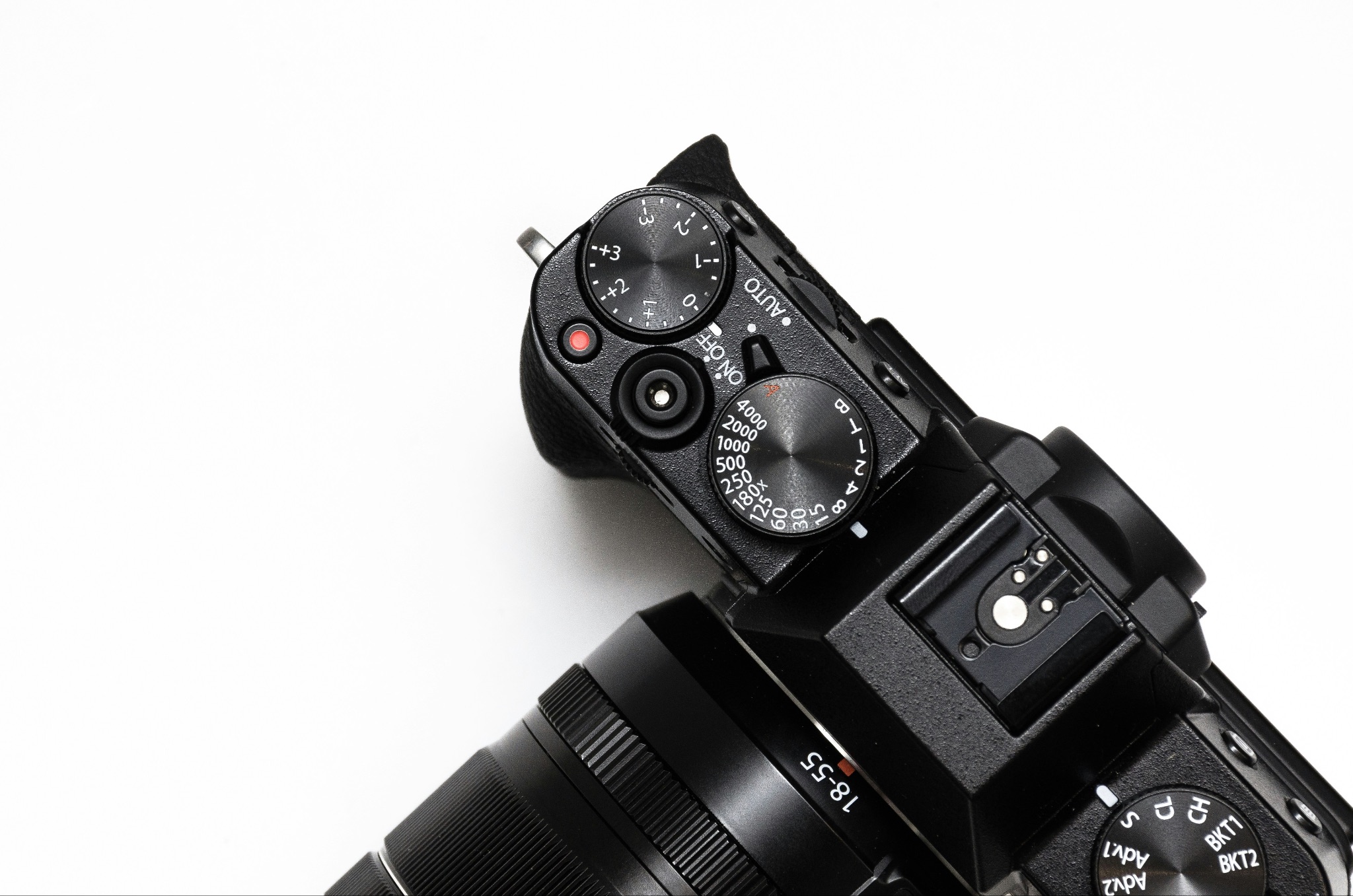
Shutter speed, as its name suggests, determines the amount of time that light is allowed to reach our camera’s sensor. A shorter shutter speed lets less light into the camera and a longer one, more. So if the light we are shooting in is very bright and we don’t want to use a very small aperture, then we must raise the shutter speed. The converse is true if the light levels are low.
However, shutter speed has a significant effect on the look of any motion we have in our scenes. If we have a fast shutter speed, any motion will be frozen. If we have a slow shutter speed, that motion will become blurred. Just how much this affects our images is dependent on the speed of the subject or other motion in the scene and the actual shutter speed.
So just how does the look of motion in our images create emotion? Let’s take a look and I am not going to start where you think I am.
Freezing Motion – High Shutter Speeds
If you have ever seen the opening scenes of Saving Private Ryan, you will know just how disturbing and jarring those images are. They jar with it so much because Steven Speilberg directed that a high shutter speed be used. When we watch movies, they are generally shot at 24 frames per second (fps). This is known as a 180-degree shutter. It means each individual frame of the film has some motion blur, soothing the look to our eyes, and making it look natural.
Saving Private Ryan was shot at a 45-degree shutter, which in photographic terms is a significantly fast shutter speed. Given the very fast action of the scenes, this meant each individual image had its motion frozen. In turn these gave the footage a very jarring, uncomfortable feel.
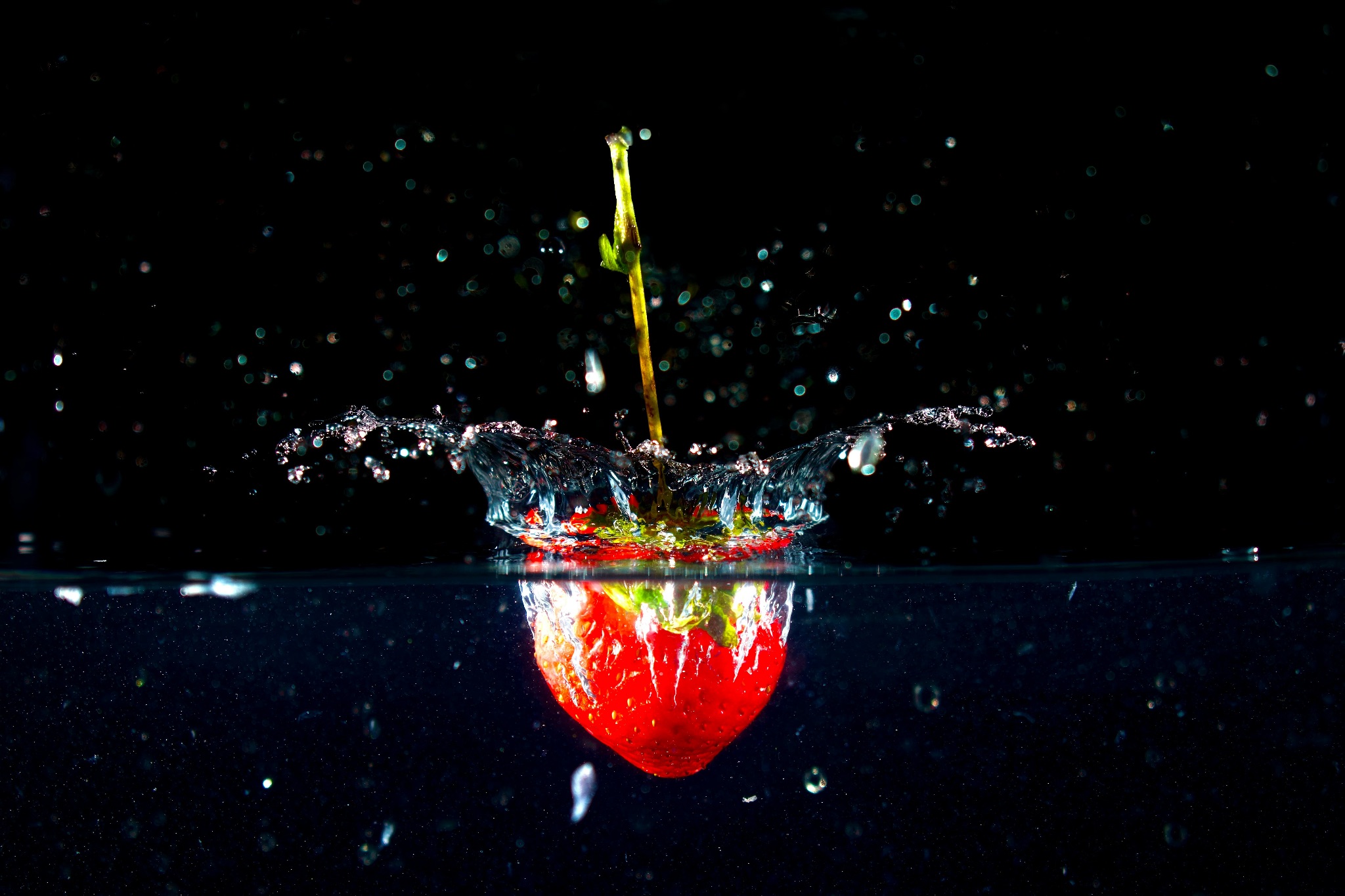
This is one of the emotions we can convey using a high shutter speed. For example, if we shoot a fast-traveling car, our mind tells us that it should be a bit of a blur. Our eyes cannot keep up with the motion of the car passing.If we shoot that car at a high shutter speed, we freeze it. We can see every detail in it, the driver’s face, the detail in the wheels. This is not what the mind expects and hence gives us a slightly uneasy feeling.
However, freezing the action can also pull us into a scene, in particular with sports photography. If we freeze the sports person at the height of their play, we convey their power, grace, and athleticism.
We can also create a sense of anticipation, and what will happen next moment. An example here might be a drop of water at the end of a leaf. By freezing it we capture a moment that is fleeting and about to change at any time.
High shutter speed is a very powerful and often underutilized way of adding emotion to our images. Now let’s look at the more common option.

Motion Blur – Slow Shutter Speeds
There is a very good chance that you got into photography because of slow shutter images. They are often incredibly inspiring and invoke in us a desire to shoot something similar. Water and clouds are two of the most common subjects of motion blur but there are many other things we can shoot as well.
But what of the emotions conveyed by slow shutter speeds?
When we shoot, for example, a slow shutter speed seascape, we are creating several moods and emotions. We are creating a juxtaposition between the ever changing – sky and water and the ever-present – rocks and cliffs. This can give us a sense of mystery, we can question how this scene looked in the past or will look in the future.
Using a slow shutter speed on a waterfall can create a sense of tranquility, a desire to be there in that location at that time. Motion blur in our landscapes gives us a sense of peace.
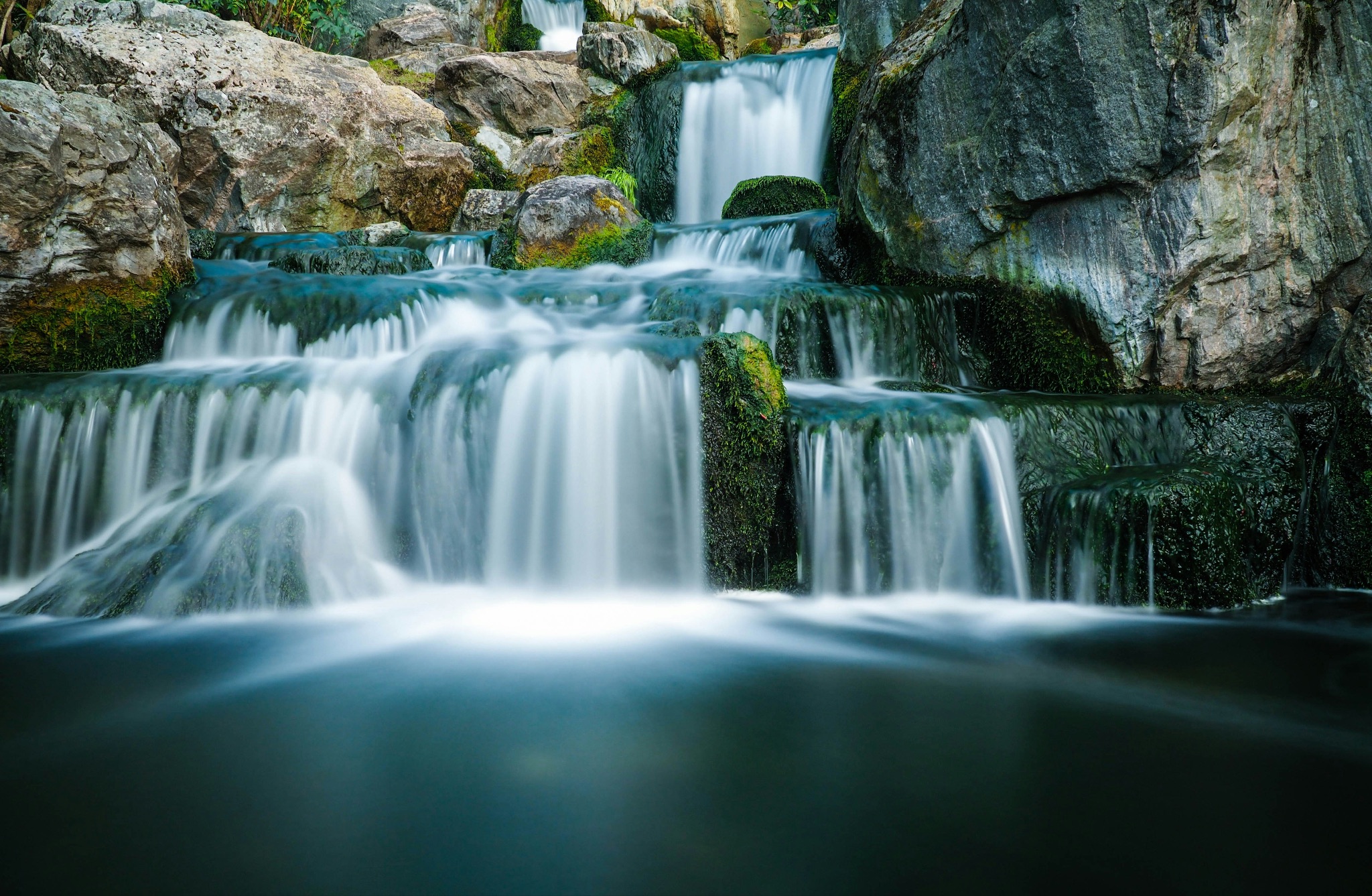
Motion blur in cities and towns can trigger almost opposite emotions. Car light trails, cars, people walking fast, using a slow shutter speed communicates the dynamism and energy of the place. It’s a feeling of a busy and bustling location, one that some will want to be in, others will want to avoid.
There is one other type of camera motion that can use either high or slow shutter speeds to capture emotion. Let’s take a look at that now.

Intentional Camera Movement – ICM
Although not at all new, ICM is a trend that has come back into fashion recently. With an ICM, instead of looking for movement in our scene, we actually move the camera during exposure to create that motion.
However we can use the same principles of slow and fast shutter speeds to create similar emotions.
For example, using a fast shutter speed, and moving the camera much faster, jars our eyes, we can get a harsh feeling of the chaotic. An example might be in a busy street where the motion of the camera gives us a sense of the energy and vibrancy of the city.
Slower shutter ICMs are more suited to sedate subjects. An example might be trees in a forest. By using a slow shutter speed and deliberately moving the camera slowly during exposure, we can create peace or mystery.
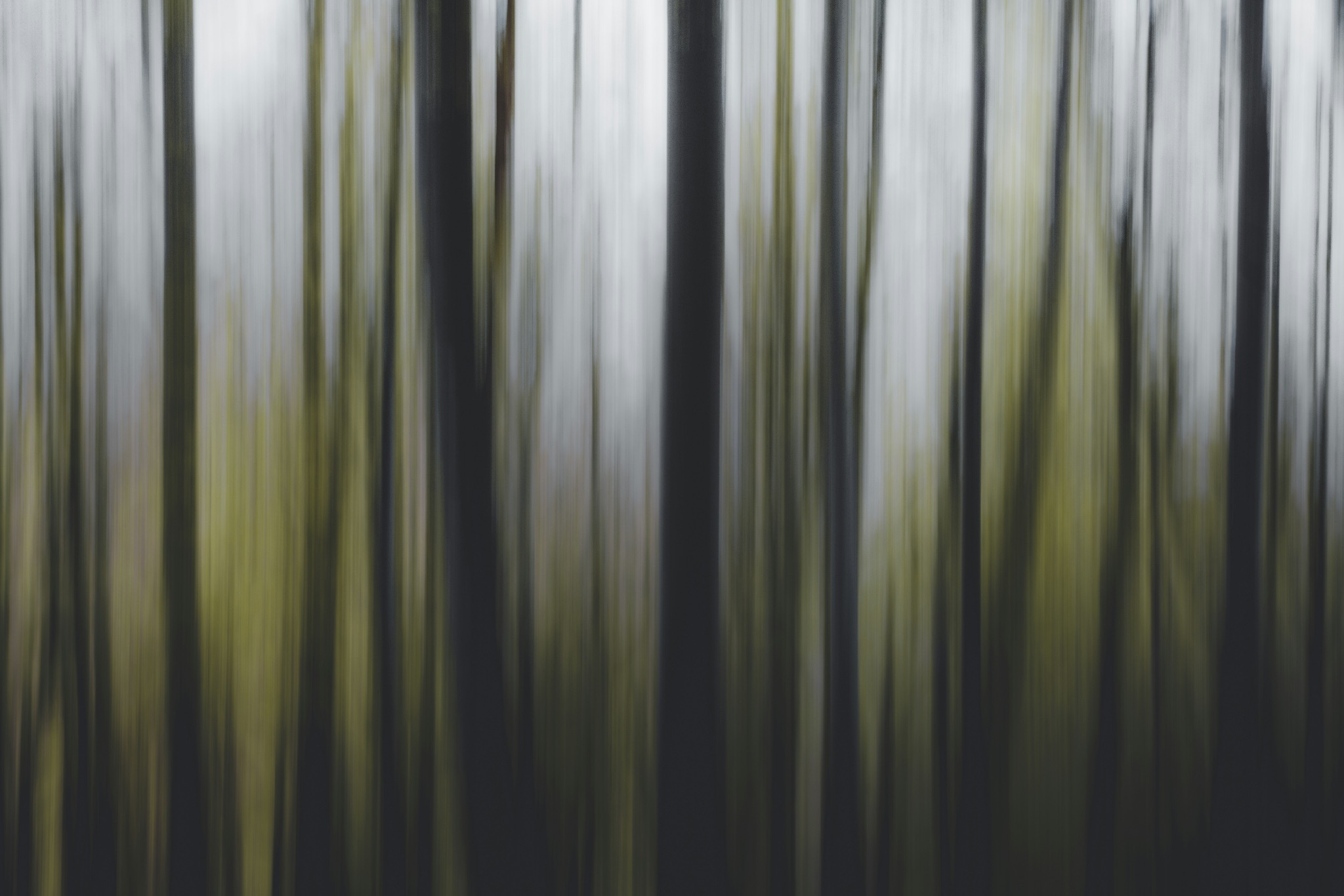
Shutter speed is such a powerful part of our creative arsenal and often one we tend to not use as much as we should. We are sometimes so enamored by the lure of Bokeh and shallow depth of field that we forget how great shutter speed is at conveying emotion in our shots.
Next time you are out for a wander with your camera, take a few moments to think of the impact of shutter speed on your image.

